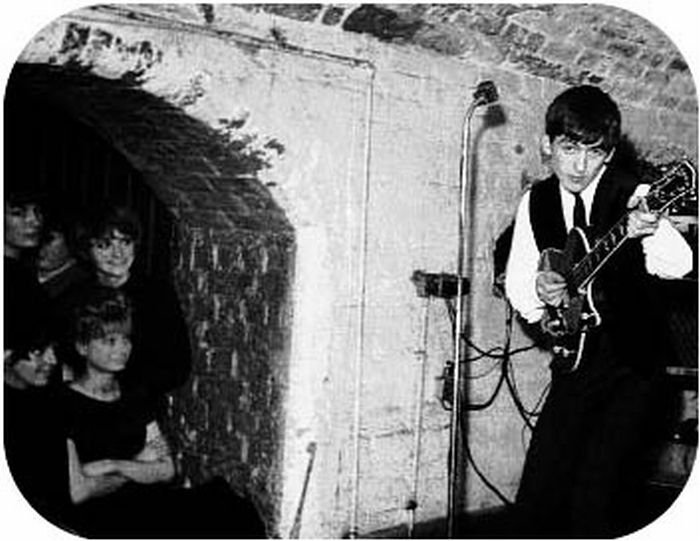|
|
History: Early Years Of The Beatles
|
By now the interest in their lyrics was taking a serious turn. When Lennon's song "Revolution" had been released as a single in August ahead of the White Album, its messages seemed clear: "free your mind", and "count me out" of any talk about destruction as a means to an end. In a year characterized by student protests that stretched from Warsaw to Paris to Chicago, the response from the radical left was scathing. However, the White Album version of the song, "Revolution 1", added an extra word, "count me out ... in", implying a change of heart since the single's release. The chronology was in fact reversed—the ambivalent album version was recorded first—but some felt that Lennon was now saying that political violence might indeed be justifiable.
The Yellow Submarine LP finally appeared in January 1969. It contained only four previously unreleased songs, along with the title track (already issued on Revolver), "All You Need Is Love" (already issued as a single and on the US Magical Mystery Tour LP) and seven instrumental pieces composed by Martin. Because of the paucity of new Beatles music, Allmusic suggests the album might be "inessential" but for Harrison's "It's All Too Much", "the jewel of the new songs ... resplendent in swirling Mellotron, larger-than-life percussion, and tidal waves of feedback guitar ... a virtuoso excursion into otherwise hazy psychedelia".
- Abbey Road, Let It Be and break-up
Although Let It Be was The Beatles' final album release, most of it was recorded before Abbey Road. Initially titled Get Back, Let It Be originated from an idea Martin attributes to McCartney: to prepare new material and "perform it before a live audience for the very first time—on record and on film. In other words make a live album of new material, which no one had ever done before." In the event, much of the album's content came from studio work, many hours of which were captured on film by director Michael Lindsay-Hogg. Martin said that rehearsals and recording for the project, which occupied much of January 1969, were "not at all a happy ... experience. It was a time when relations between The Beatles were at their lowest ebb." Aggravated by both McCartney and Lennon, Harrison walked out for a week. He returned with keyboardist Billy Preston, who participated in the last ten days of sessions and was credited on the "Get Back" single—the only other musician to receive such acknowledgment on an official Beatles recording. The band members had reached an impasse on a concert location, rejecting among several concepts a boat at sea, the Tunisian desert and the Colosseum. Ultimately, their final live performance, accompanied by Preston, was filmed on the rooftop of the Apple Corps building at 3 Savile Row, London, on 30 January 1969.
|
|









